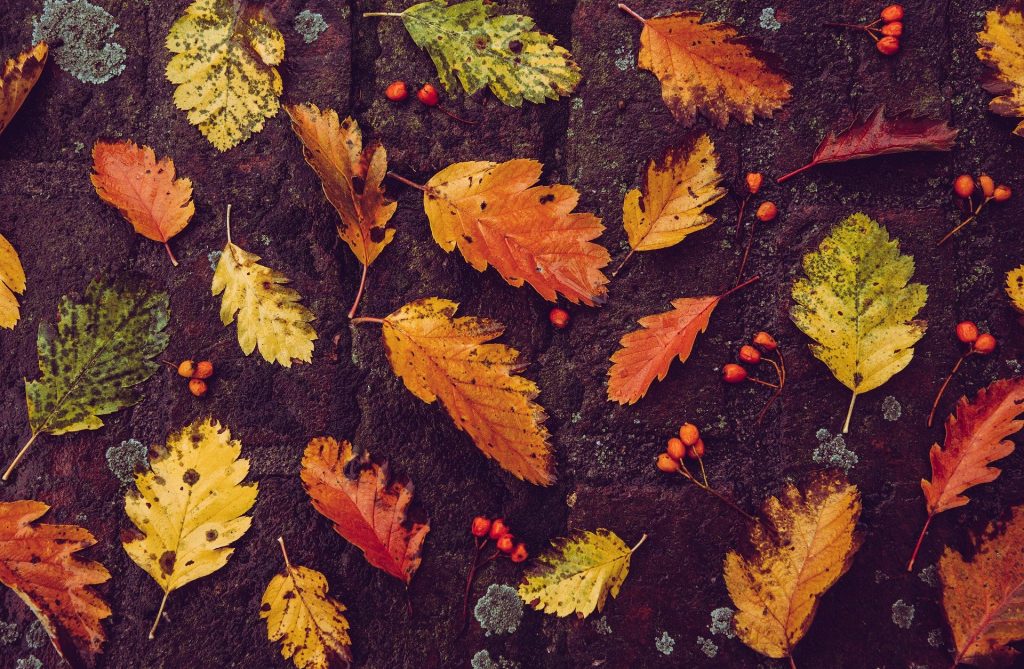Gardeners are often interested in the question of what causes leaves turn color. Depending on the part of the plant they are from, leaves can have a wide range in color. If the leaves are from alpine plants, for example, a rose-colored plant will naturally turn to red once it has bloomed. This does not mean though that they are somehow less beautiful or unique than other types of plants. There are many reasons why leaves of certain types of plants will change color. However, it all comes down to how the plant uses its sunlight.
The cause of this stunning seasonal color shift isn’t fall, winter, summer or even winter weather. It is sunlight or in other words, the absence or presence of sunlight. All leafy trees have varying amounts of chlorophyll in them; this element is responsible for absorbing the sun’s energy and giving plants their vivid colors. Autumn leaves are the darkest in color as a result of the amount of chlorophyll being used up. Because of the return to sunlight, spring, summer, as well as fall leaves have bright, vibrant colors.
Leaves will fall out because they have reached their maximum level of chlorophyll by the time the fall season rolls around. Due to the scarcity of color, there is little color at this time. Fall foliage will end, so more foliage will be available, which will increase the levels of chlorophyll. This process of increasing the chlorophyll will have an effect on all the leaves. The leaves will have less color at the edges and tips of the leaves, and the trunk will appear bushy.
You may notice a brownish-straw colored carpet on autumn trees. This is actually chlorophyll that runs out of the leaves and into the fall foliage. The brown color is called the corky wall and this is a good thing. Corky walls are good because it indicates that the leaves have been detoxifying before being replaced by a vibrant, new colour. If the corky wall appears gray or yellow it means that the chlorophyll supply is depleted and that a color will not exist.

The leaves will be green if fall foliage is available. Brown foliage simply means that there is less foliage. This usually means that trees are not in a healthy state. The leaves will look unhealthy, have holes in them and may also appear moldy.
What causes leaves to change color during fall can also be attributed to insects. There are many kinds of insects that occur in the fall. Ladybugs include spiders, lacewings, moths, and ladybugs. All of these insects will leave their bodies on the trees. As they begin to decay, these insects release toxic chemicals that cause leaves to change color. In order to avoid toxic insect infestations, it is important to remove any dead and dying leaves and inspect your trees thoroughly before planting new ones.
Another question that arises often when trying to figure out what causes leaves change color is the growth or mold of fungi. This is often seen in trees that are very dry or very hot. The fungi will form a thick mat under the wet leaves and slowly but surely take over the entire tree. They will consume the nutrients and cause the leaves to turn yellow until they are gone. You may also find that there is new growth underneath the fungi if you look carefully.
The most important question that you must answer when asking what causes leaves to change color is; what is causing my trees to lose their leaves? You should immediately correct any fungal growth or fungus infestations before you attempt to re-green your tree. It is possible that your tree has just gone into a dormant state and will quickly grow back. However if you find that this has not happened and that the leaves are not growing back naturally, it may be necessary to have a root canal completed in order to rid the tree of the infection and return its natural leaf color.
One Reply to “What Causes Leaves To Change Color?”
Comments are closed.